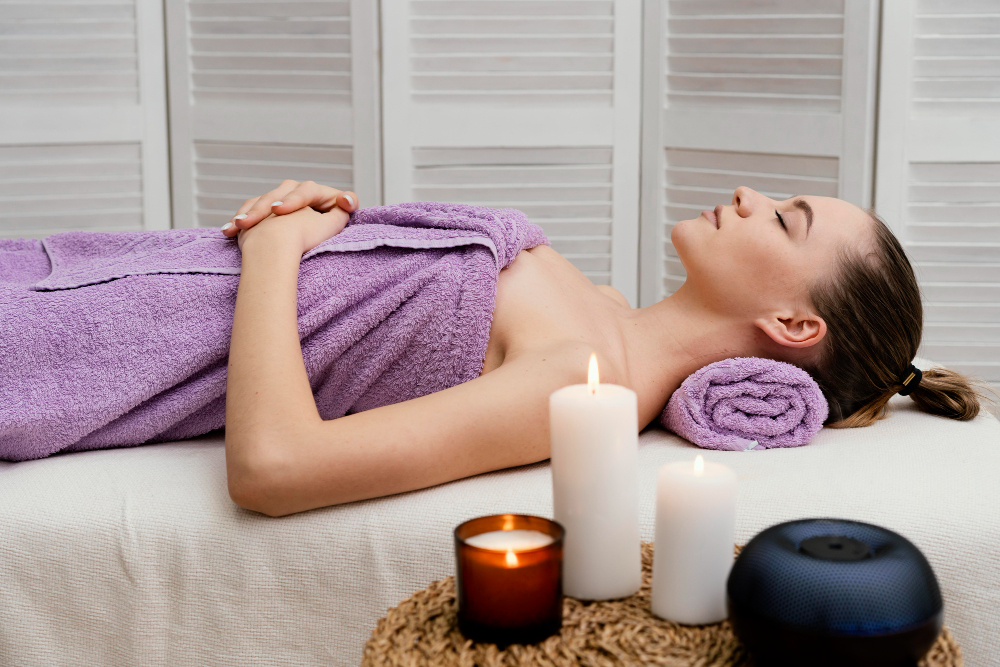How Often Should You Get a Massage Navigating the Frequency of Self-Care
Massage therapy offers numerous benefits for physical, mental, and emotional well-being, including relaxation, stress reduction, pain relief, and improved circulation. However, one common question that arises is how often should you get a massage to reap these benefits effectively? The frequency of massage therapy can vary depending on individual needs, preferences, and health goals. In this article, we’ll explore the factors to consider when determining how often to get a massage and provide guidance for navigating the frequency of self-care.
Considering Your Individual Needs
When determining how often to get a massage, it’s essential to consider your individual needs, lifestyle, and health status. Factors such as stress levels, physical activity, occupation, and overall health can influence the frequency of massage therapy. If you lead a high-stress lifestyle or have a physically demanding job, you may benefit from more frequent massages to help manage tension and prevent injury. On the other hand, if you’re relatively healthy and lead a low-stress lifestyle, you may find that less frequent massages are sufficient to maintain your well-being.
Aligning Massage Frequency with Your Objectives
Your health goals and objectives can also play a role in determining how often to get a massage. If you’re seeking relief from chronic pain, injury rehabilitation, or stress management, you may benefit from more frequent massages to address your specific concerns. Alternatively, if you’re looking to maintain your overall health and prevent future issues, you may choose to incorporate massage therapy into your self-care routine on a less frequent basis. Consider your long-term health goals and how massage therapy can support you in achieving them when determining the optimal frequency of massage.
Balancing Practical Considerations
While massage therapy offers numerous benefits, it’s essential to consider practical factors such as budget and time constraints when determining how often to get a massage. Regular massages can be an investment in your health and well-being, but they can also add up in terms of cost and time commitment. Take into account your financial situation and schedule when planning your massage regimen, and find a balance that aligns with your resources and priorities. Remember that even occasional massages can provide significant benefits, so don’t feel pressured to commit to a frequency that isn’t sustainable for you.
Listening to Your Body’s Feedback
Your body’s response to massage therapy can provide valuable feedback in determining the appropriate frequency of treatment. Pay attention to how you feel after each massage session and observe any changes in your physical, mental, and emotional well-being. If you notice that you experience prolonged relief from symptoms, increased mobility, or improved mood after a massage, you may benefit from more frequent sessions. Conversely, if you find that the effects of massage therapy diminish quickly or that you experience discomfort or fatigue after a session, you may need to space out your appointments or adjust the intensity of your treatments.
Tailoring Frequency to the Technique
The type of massage you receive can also influence how often you should get a massage. Some massage techniques, such as deep tissue massage or sports massage, may be more intense and require longer recovery periods between sessions. In contrast, gentle modalities like Swedish massage or relaxation massage may be suitable for more frequent use. Consider the specific goals and needs of your treatment when determining the optimal frequency of massage, and consult with your massage therapist for personalized recommendations based on the techniques they use.
Preventive vs. Reactive Care
Massage therapy can be used both preventively and reactively to address a wide range of health concerns. Preventive care involves incorporating regular massages into your self-care routine to maintain optimal health and prevent issues from arising. Reactive care, on the other hand, involves seeking massage therapy in response to specific symptoms or conditions, such as pain, tension, or injury. Striking a balance between preventive and reactive care can help you achieve and maintain your health goals effectively, ensuring that you receive the support you need when you need it most.
Seeking Professional Guidance
When in doubt about how often you should get a massage, it’s always best to consult with a qualified massage therapist. Massage therapists are trained to assess individual needs and develop personalized treatment plans based on specific goals, preferences, and health considerations. Your massage therapist can provide expert guidance on the frequency of massage therapy that is most appropriate for you, taking into account factors such as your health history, lifestyle, and treatment objectives. By working together with your massage therapist, you can create a customized plan for self-care that optimizes the benefits of massage therapy and supports your overall well-being.
Finding Your Massage Rhythm
Ultimately, the frequency of massage therapy is a personal decision that depends on a variety of factors, including individual needs, health goals, budget, and time constraints. Whether you choose to incorporate massage therapy into your self-care routine on a weekly, bi-weekly, monthly, or occasional basis, the key is to listen to your body’s feedback and adjust your treatment plan accordingly. By finding the right balance of preventive and reactive care and consulting with a qualified massage therapist for guidance, you can enjoy the numerous benefits of massage therapy and support your journey to optimal health and well-being.
